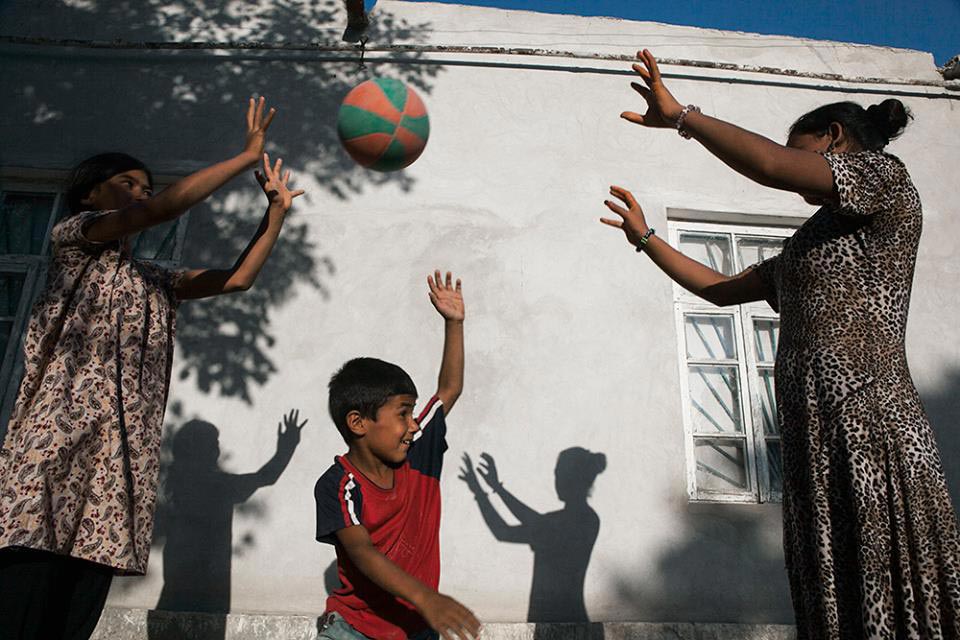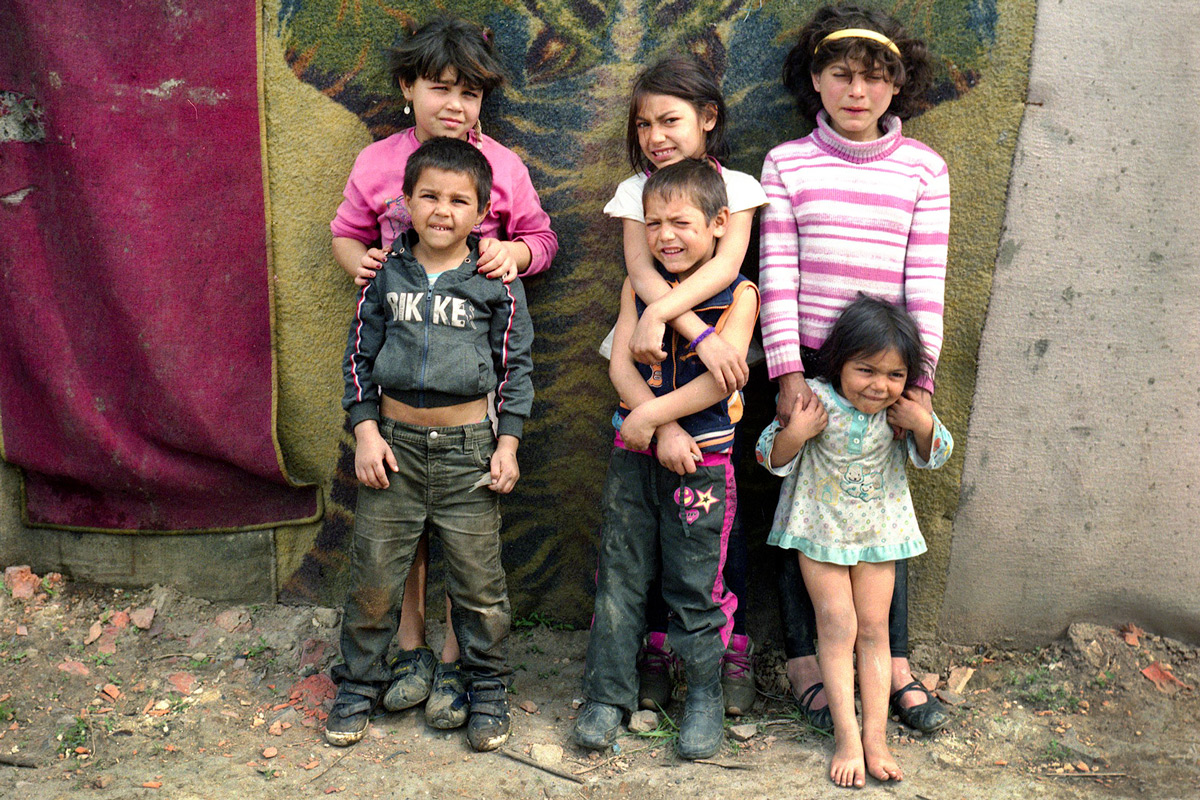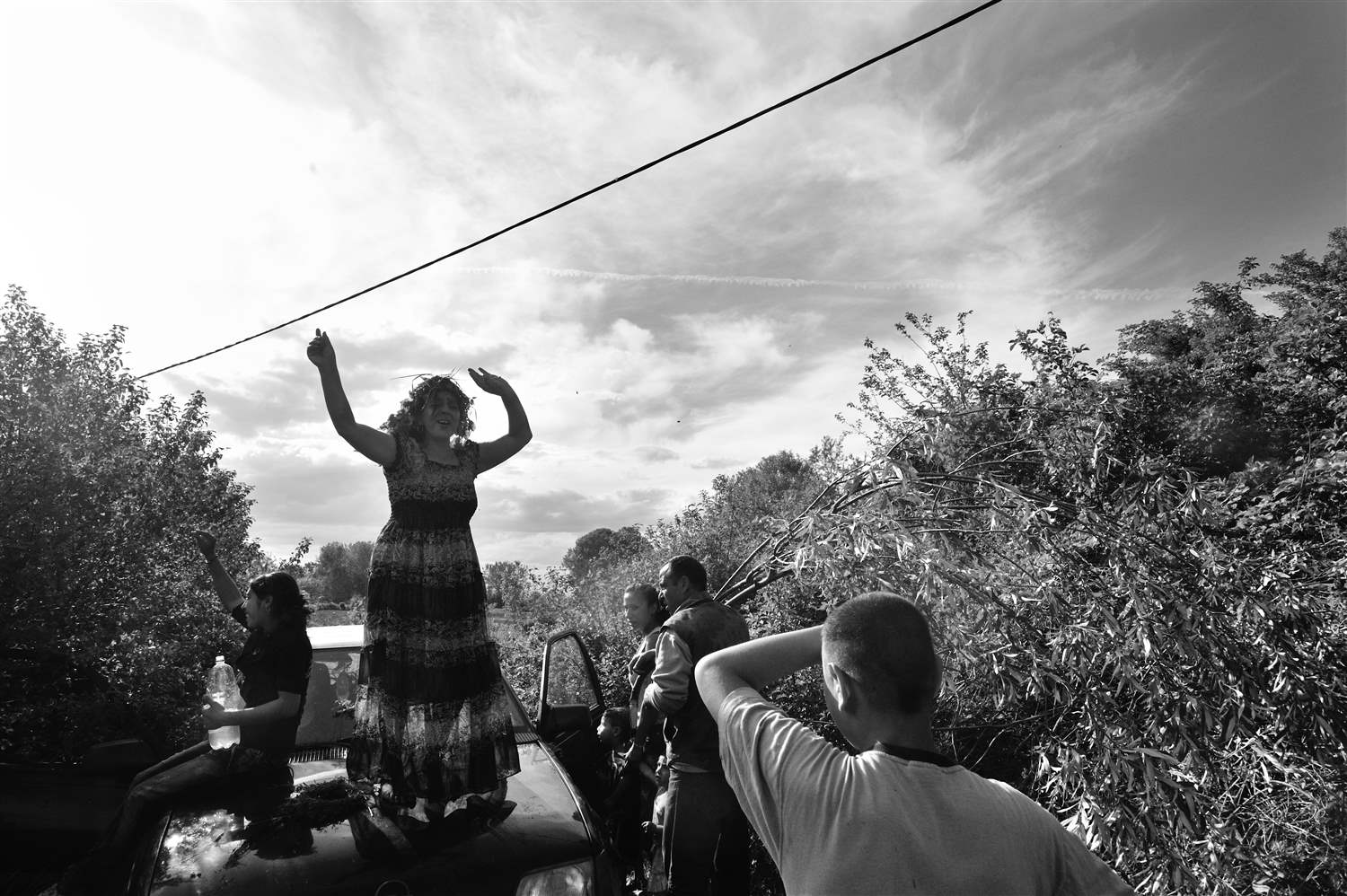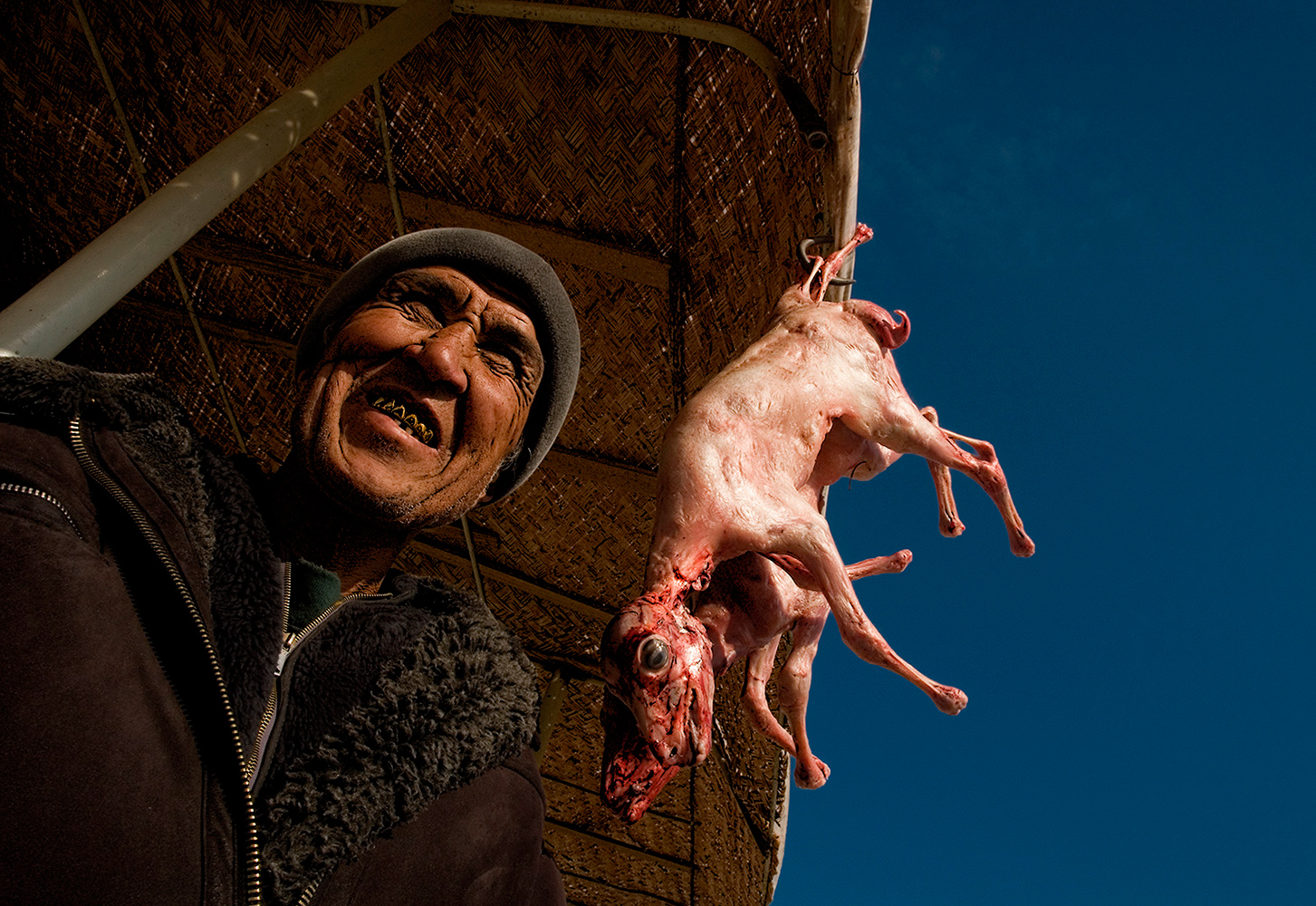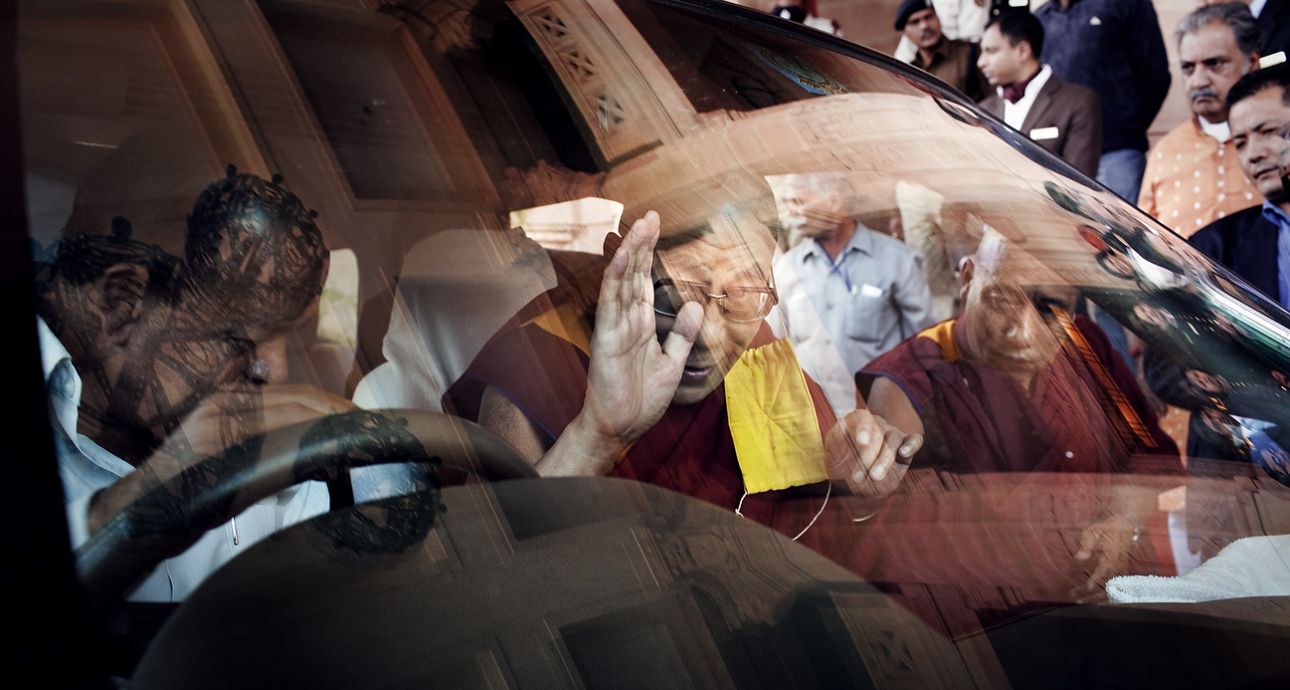
10 Favorite Photographs: Mugur Varzariu

Romanian photographer, born in Bucharest. He graduated from the Academy of Economic Sciences, studied at law school for three years, and spent fifteen years working in marketing strategies, before taking up photography in 2010. Since then, has worked for Associated Press and Getty Images, published his work in The New York Times, The Guardian, CNN, BBC, Forbes, VICE, and many other media outlets. His main theme is human rights.
— This selection is not so much about the images as an artistic act, but moments in life for which I am thankful. They are a mixture of God’s will, understanding, commitment and hard work.
I was trying to get a glimpse into the the notorious theft of artworks from a gallery in Holland. I had heard that the priceless masterpieces had been burnt. At that point I could not enter
The whole Romanian and international press portrayed them as ignorant peasants who had no idea about the worth of what they had stolen. This souvenir mug with a reproduction of a famous painting, which I saw on Marusia’s stove when I visited her, told me a completely different story. Perhaps they didn’t know what to do with the stolen paintings, but they were certainly not ignorant of Art.
Radu Dogaru is one of the burglars who participated in the robbery of the Kunsthal museum in Rotterdam by a group of Romanians in October 2012, who stole the works of Picasso, Monet, Gauguin, and Matisse, with a total worth of over $100 mln.
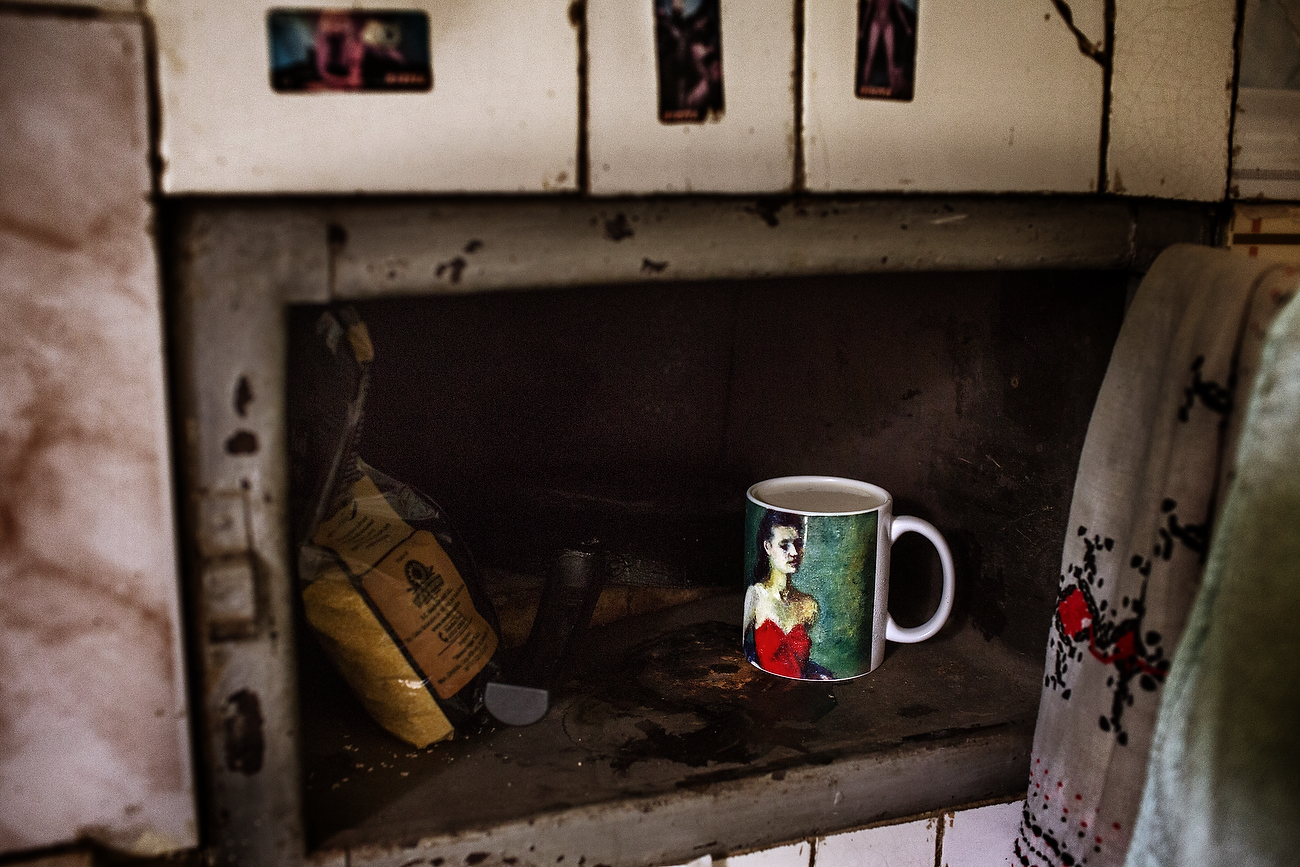
This kid worked the night shift so he was sleeping during the day. I took two images of him, both while asleep. The rooster was trained to follow the teenager around like a puppy. The rooster was caught and eaten by his neighbors while he was at work.
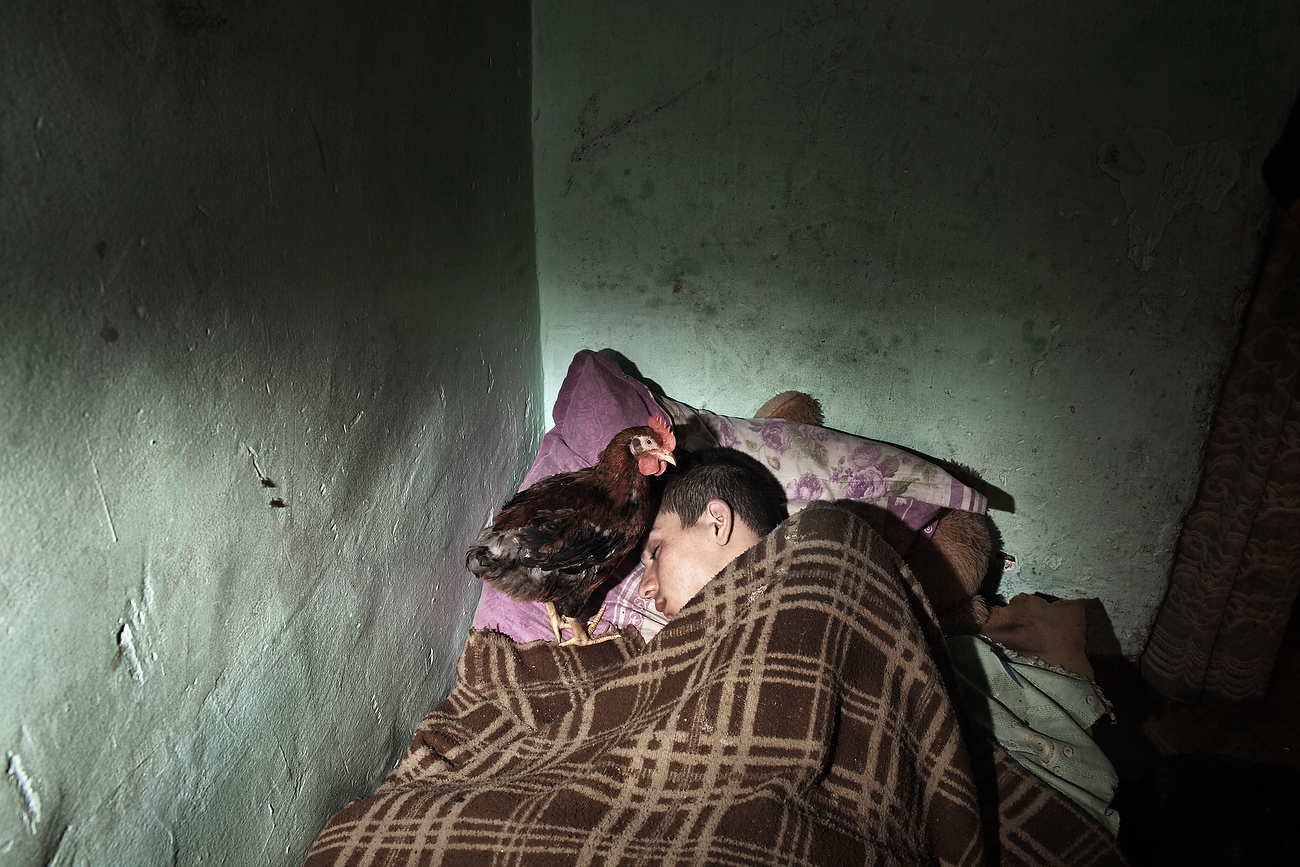
I was never supposed to take this picture. The kid was working on something and the horse was standing nearby. When he saw me approaching he asked me if I could take his picture. When I said yes, he jumped on the horse. It all happened in a few seconds. I believe in this image you can find hope of a better future for the Roma people.
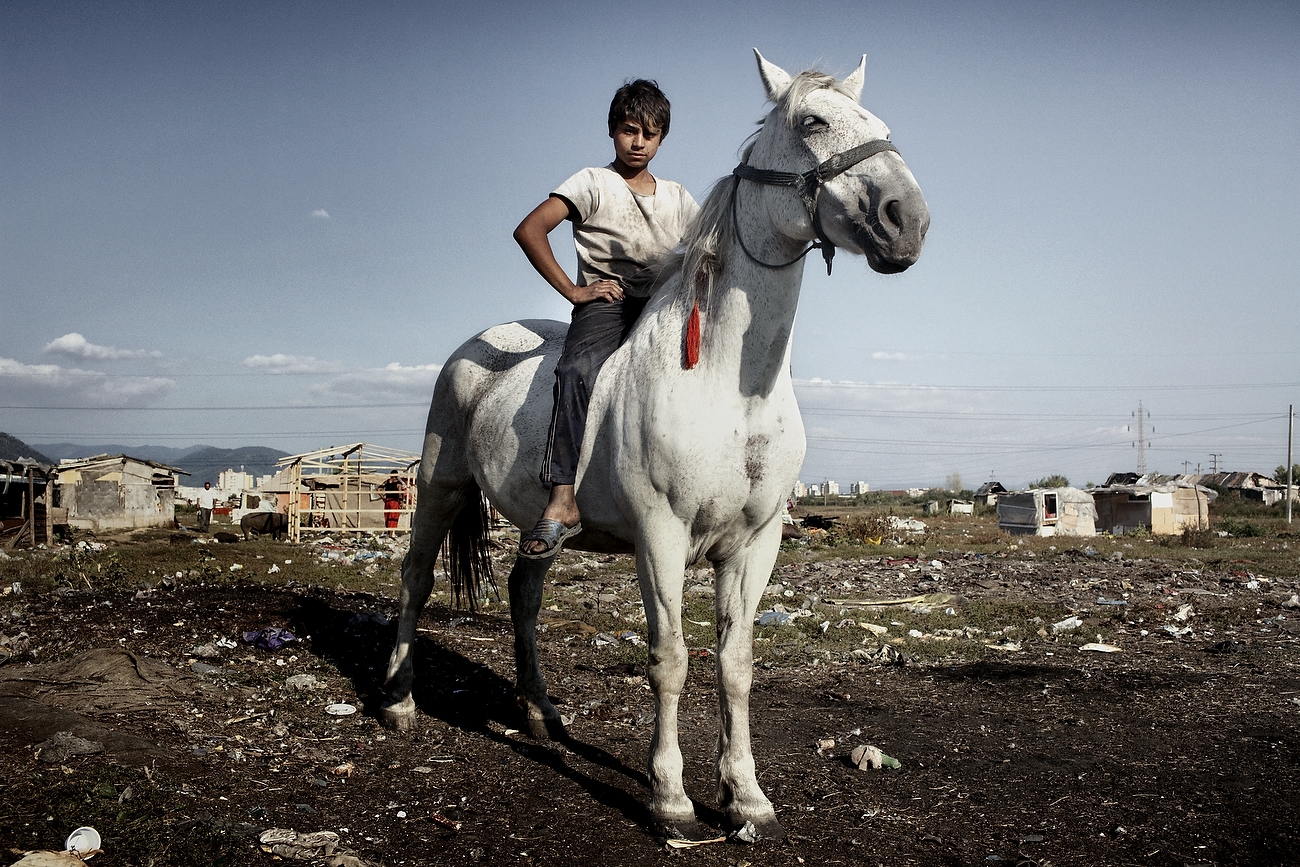
Less than one hour after my arrival in Jodhpur I was to meet his Holiness the Dalai Lama. At first, the security didn’t want to allow me in. By nothing less than a miracle I convinced them to let me in, without being aware of his presence. As he was leaving, we chatted and at the end he waved at me. Four years later he recalled our meeting in his speech in Washington during his fourth US visit.
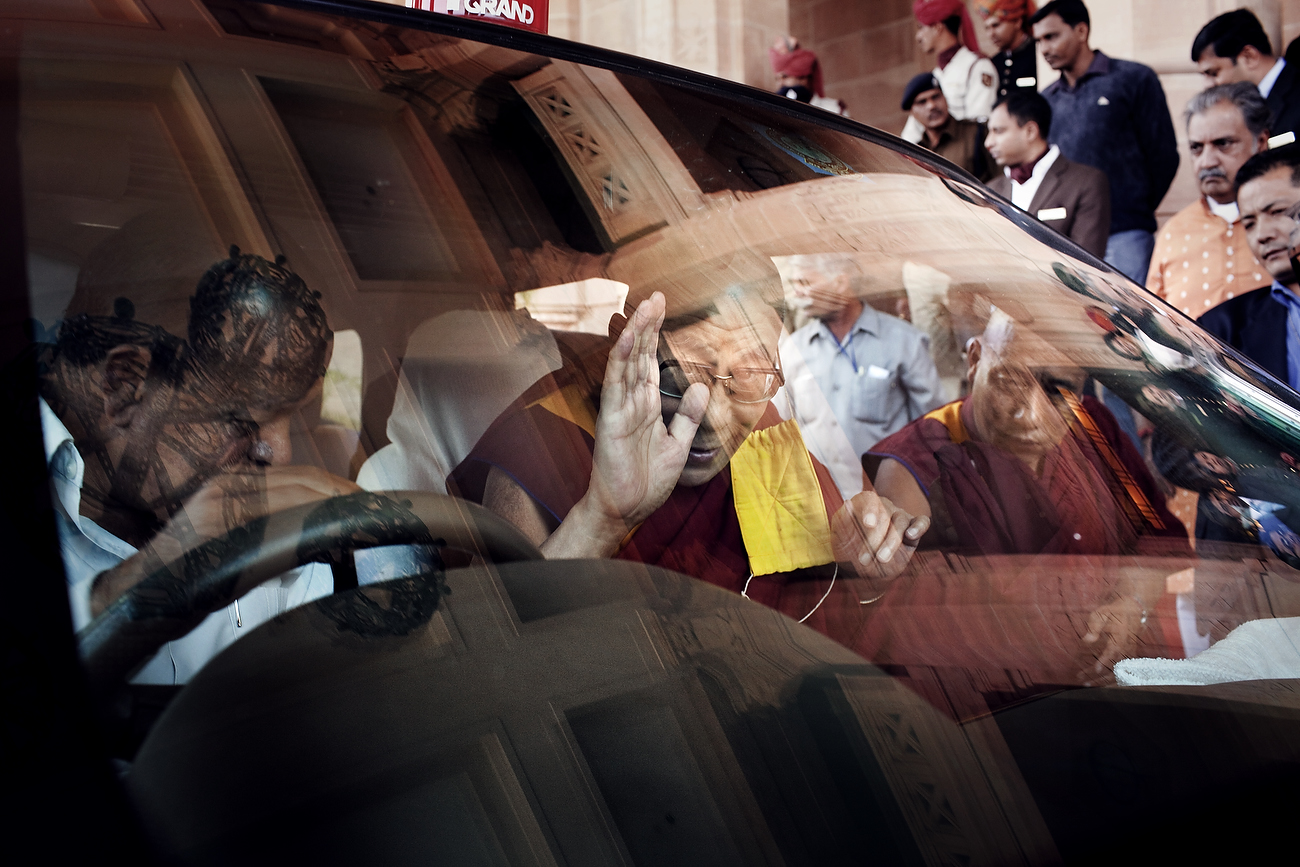
At the end of the day, when the former king of Romania (Mihai I — Ed.) retreated to his chambers, I was the only photographer out of many who didn’t turn his back. I remembered there is a hallway he will need to walk after stepping inside the palace and I went ahead and waited for him to walk by. I only had one second before one of the helpers pulled the curtain. Images like this you only get out of passion.
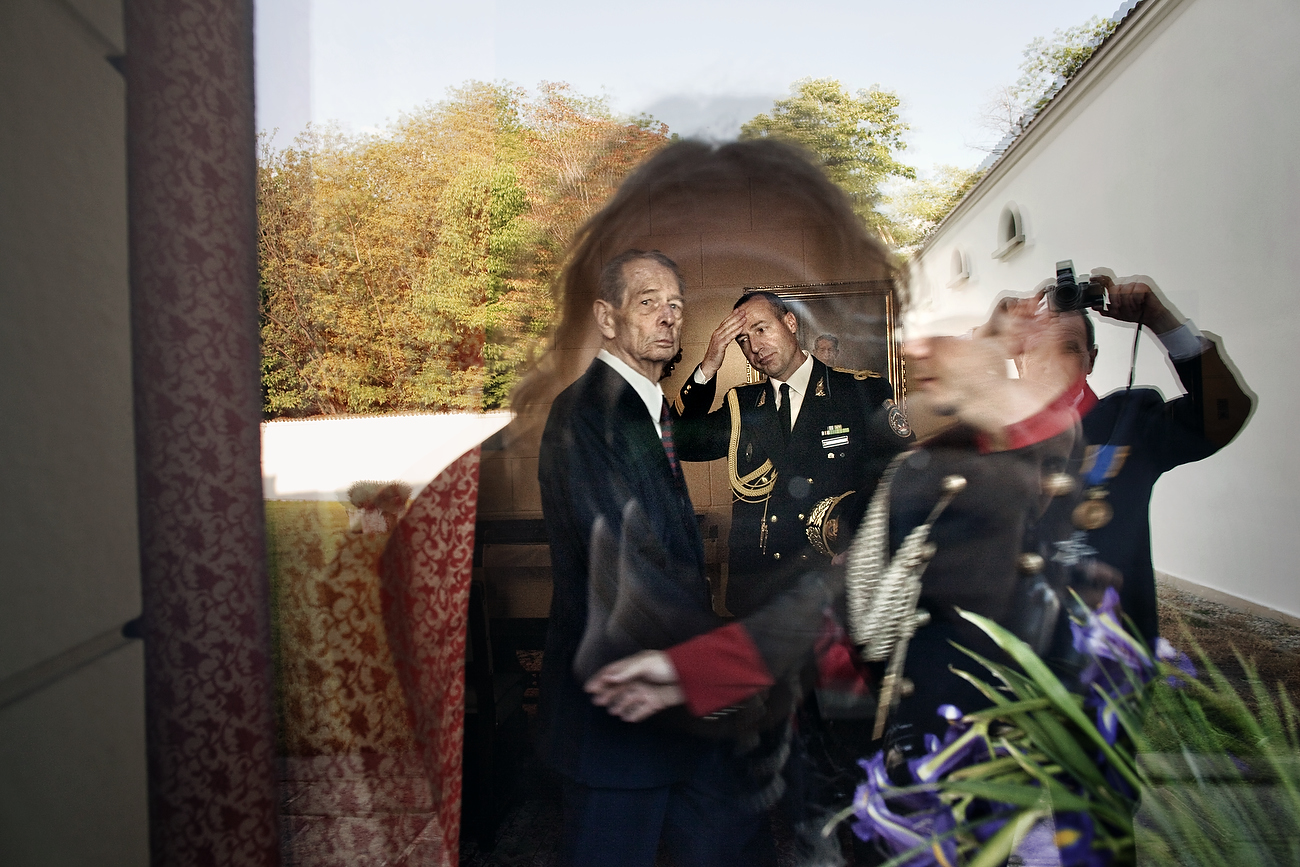
It hurts me to say it but many of the kids today are caught in between television or religion and brainwashed, one way or another.
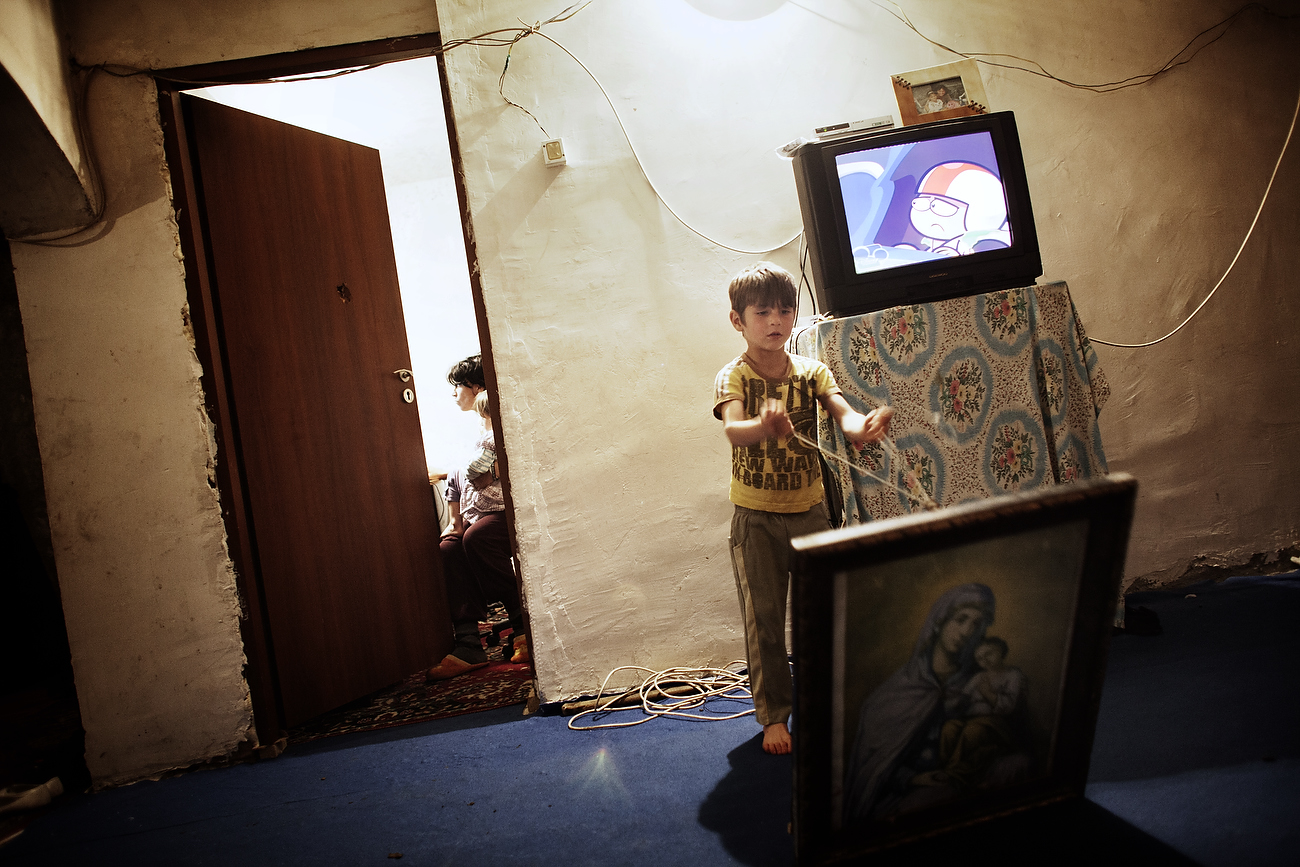
The place has no running water. When the mayor announced his visit, as he was expecting press, he demanded that the Roma clean the hallways of this social complex. They carried buckets of water to the fourth floor and they let the gravity and a few sweeps do the rest. When I took this picture I was literally covered in water mixed with human and rat excrement.
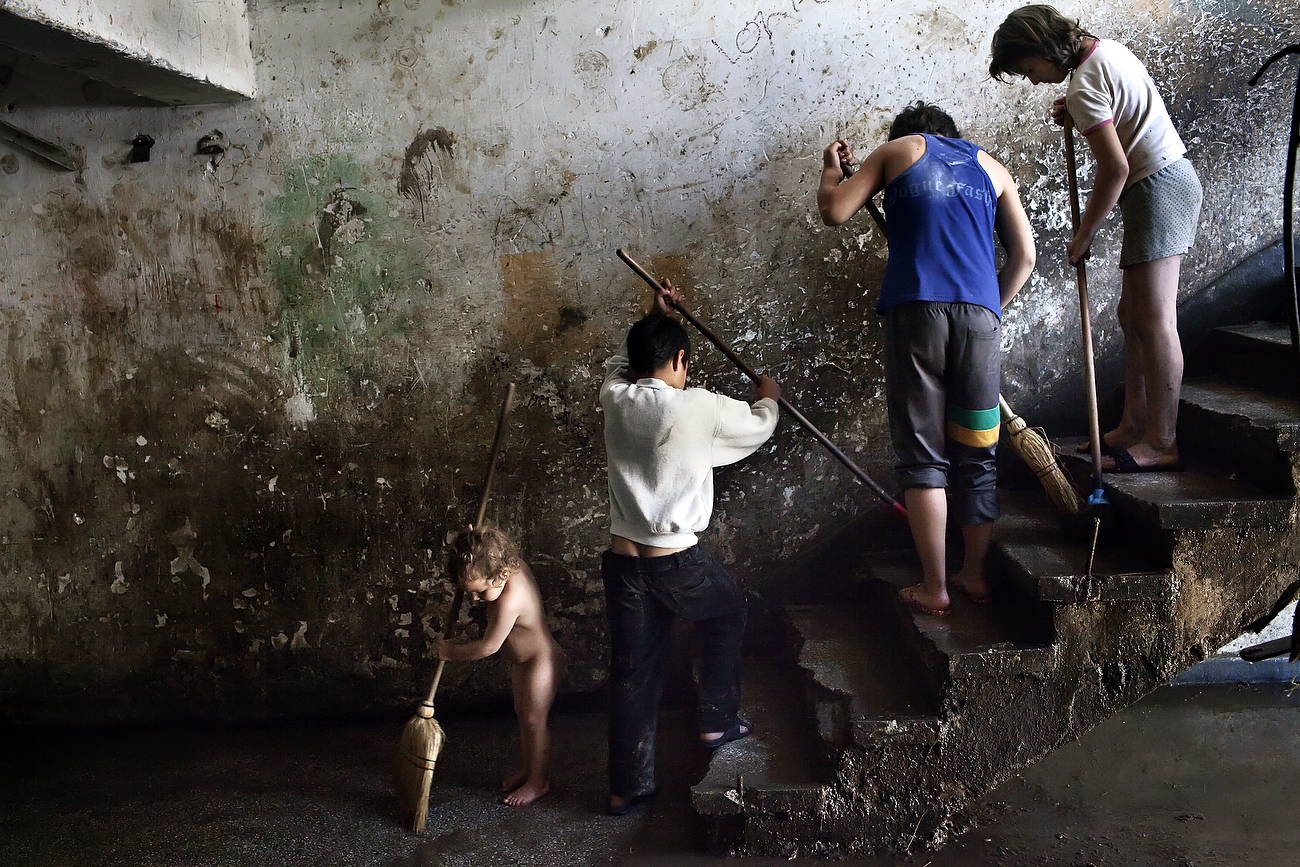
This image was taken at a snowed in dog shelter. Inmates from a prison near Bucharest came to the rescue. There were dozens of photographers present but none moved away from the scene. As I was walking I realized that from this angle the inmates looked like they were behind bars, prisoners like stray dogs.
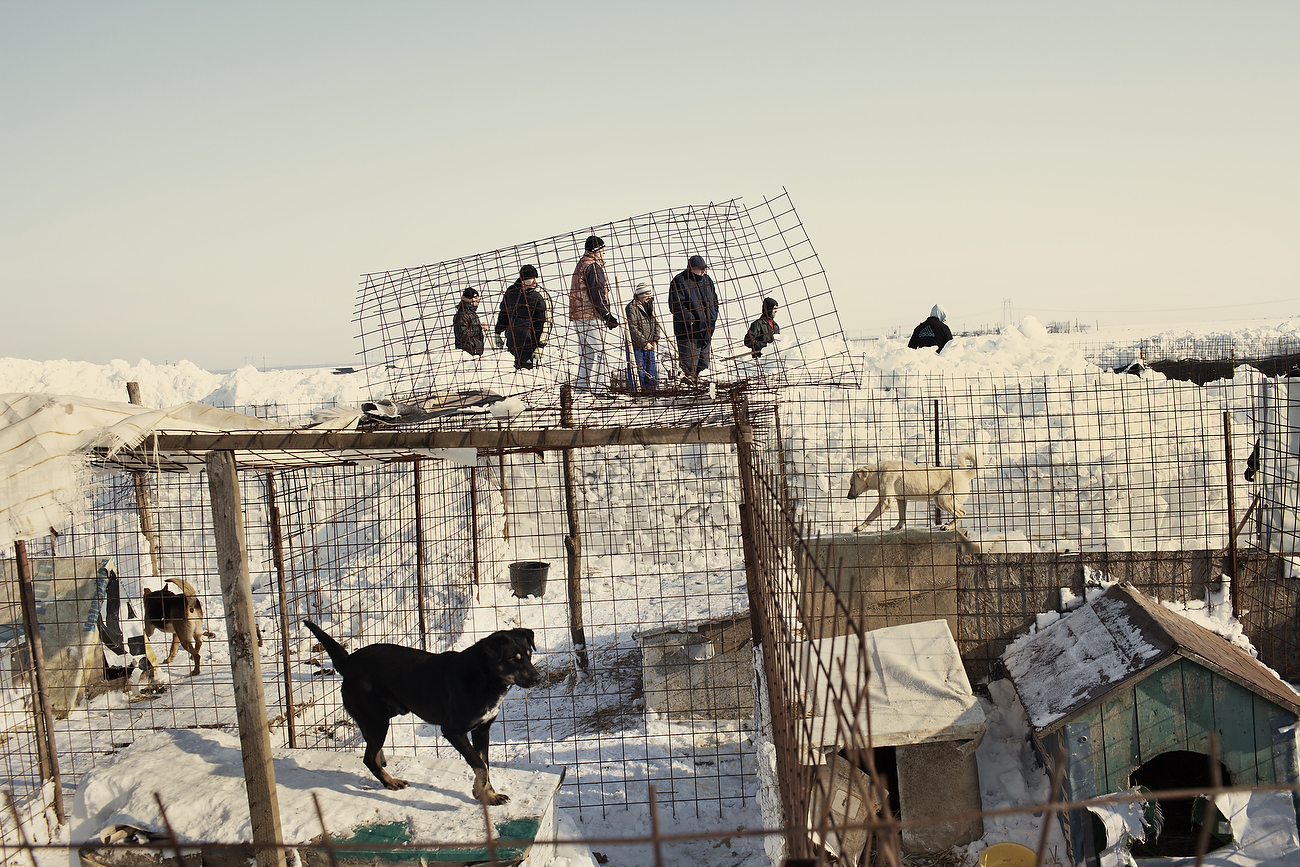
Unfortunately, neither the EU nor divine intervention are not able to put an end to the plight of the Roma in Romania.
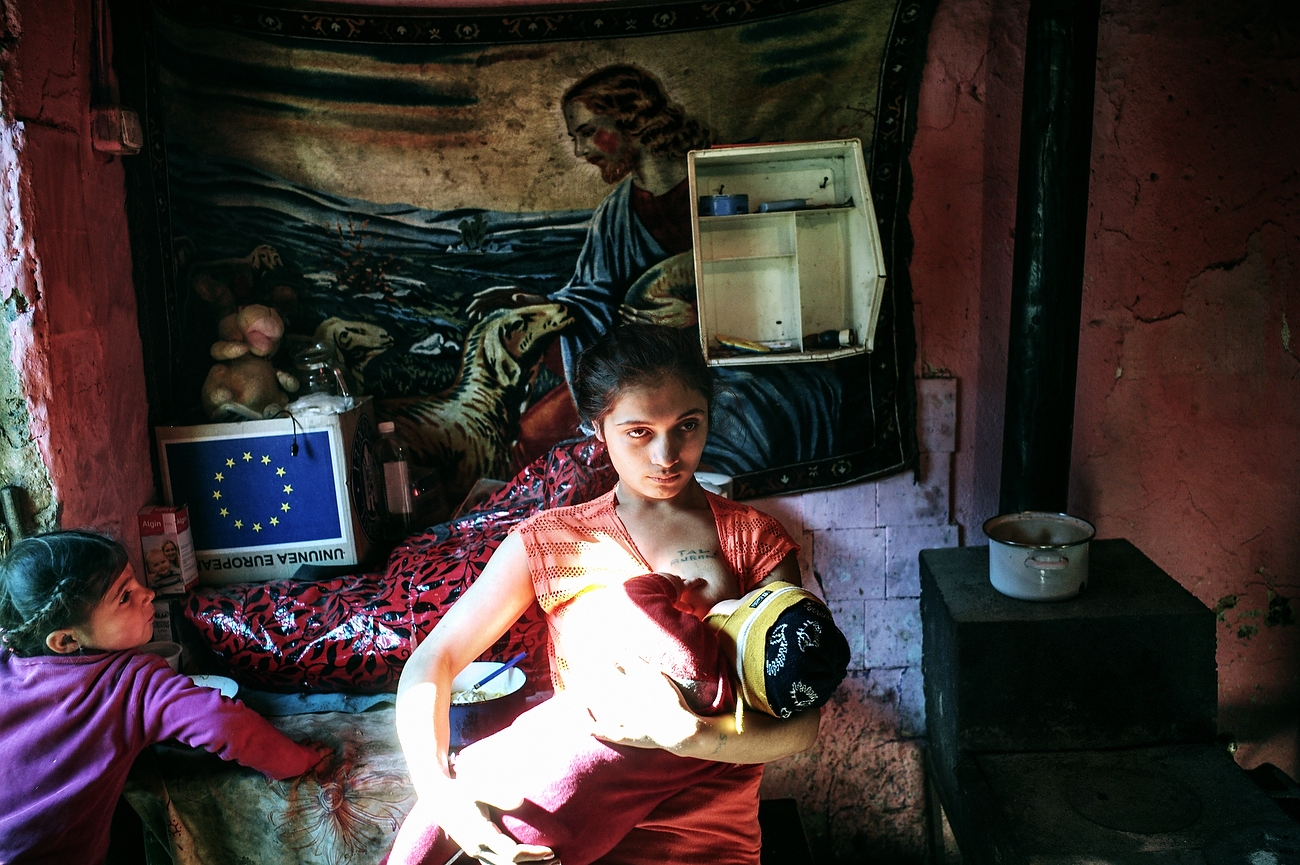
This image has no artistic value. The mayor of Baia Mare, when he decided to segregate this community with a wall, claimed the initiative was meant to protect the Roma kids from the passing by cars. I was working with the BBC on a documentary when I took this picture. I followed the girl and learned from her parents that she had survived a four-storey fall. The fall was a direct result of lack of protection on the balconies of the social complex. We had the parents testimony, the police records, and the medical reports and X-rays. Yet, after being threatened by the mayor of Baia Mare, the BBC decided not to use her story in the documentary.
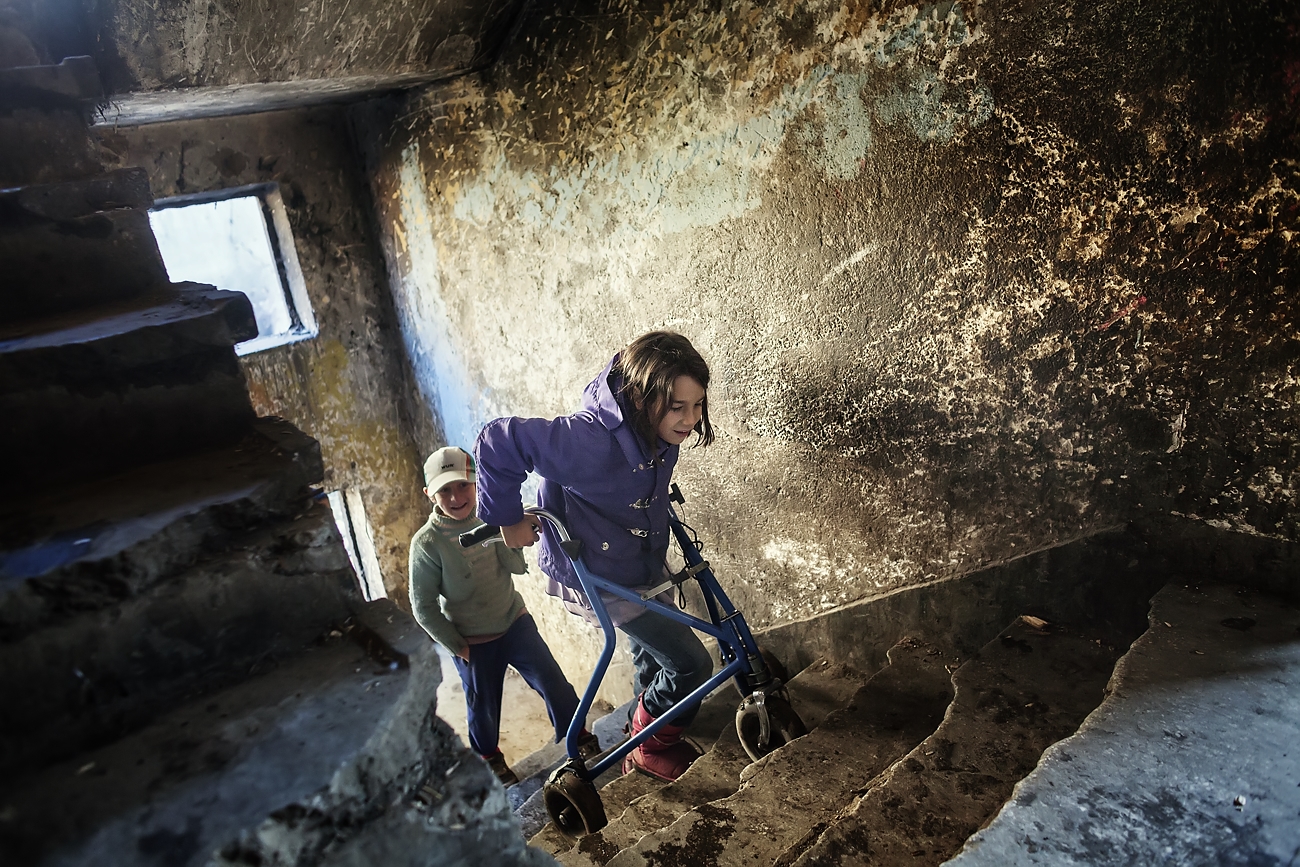
New and best
